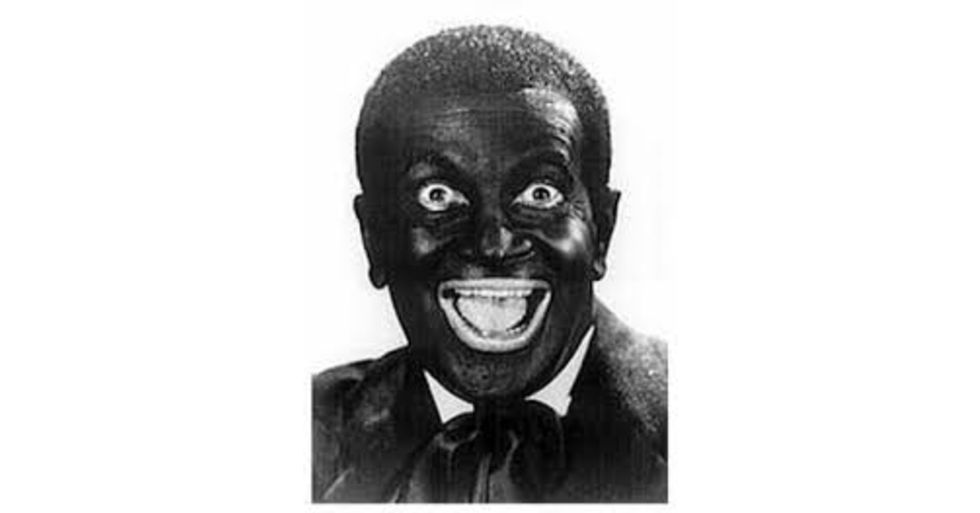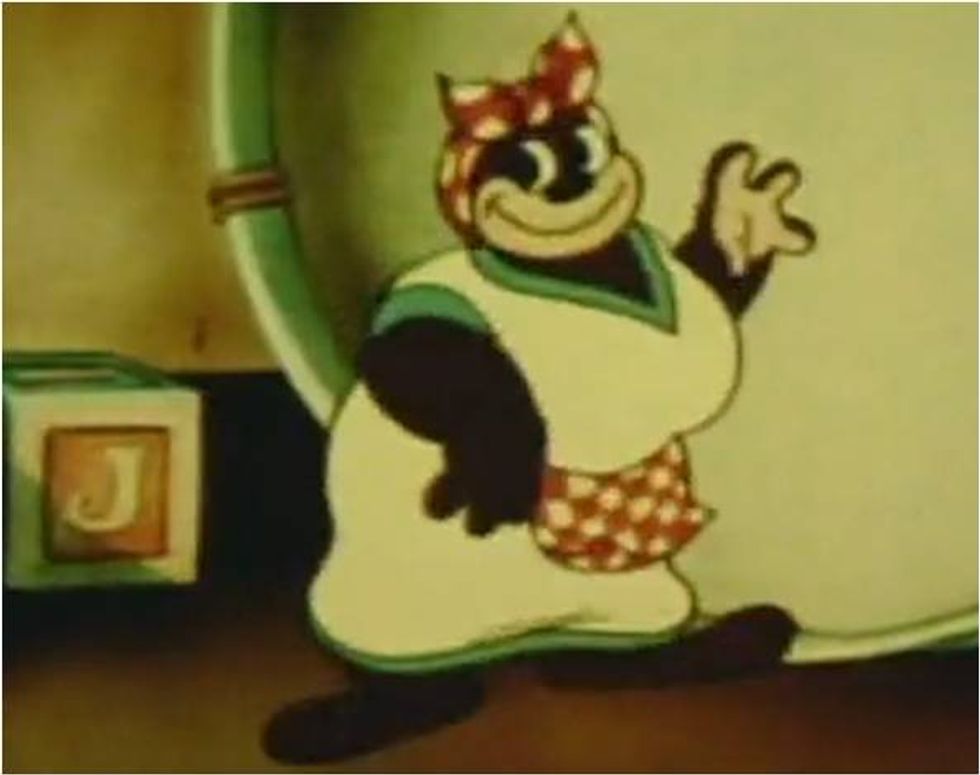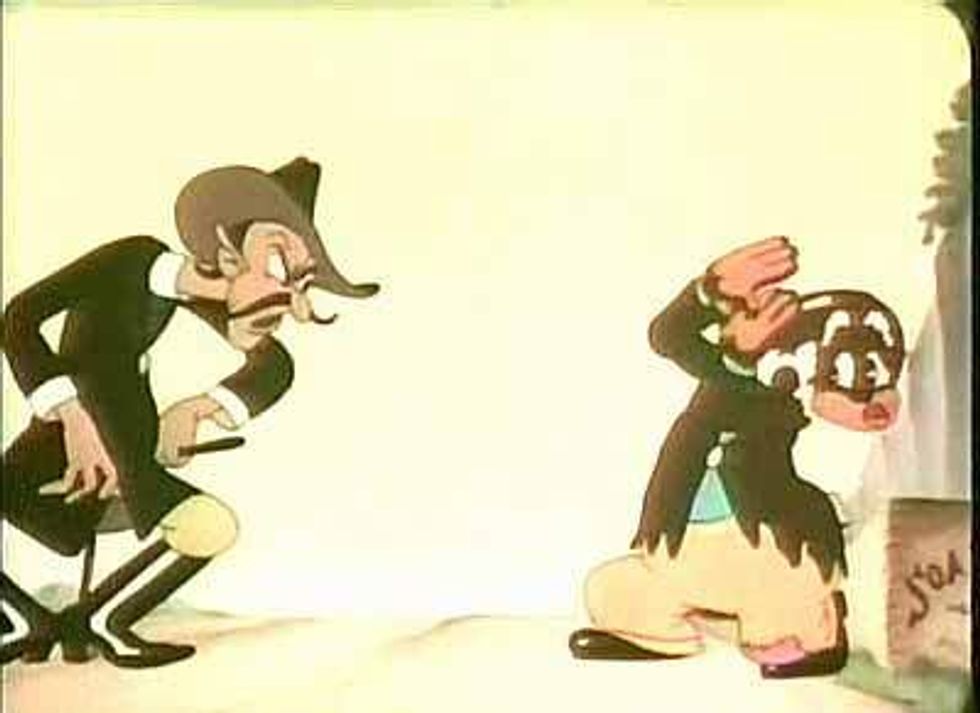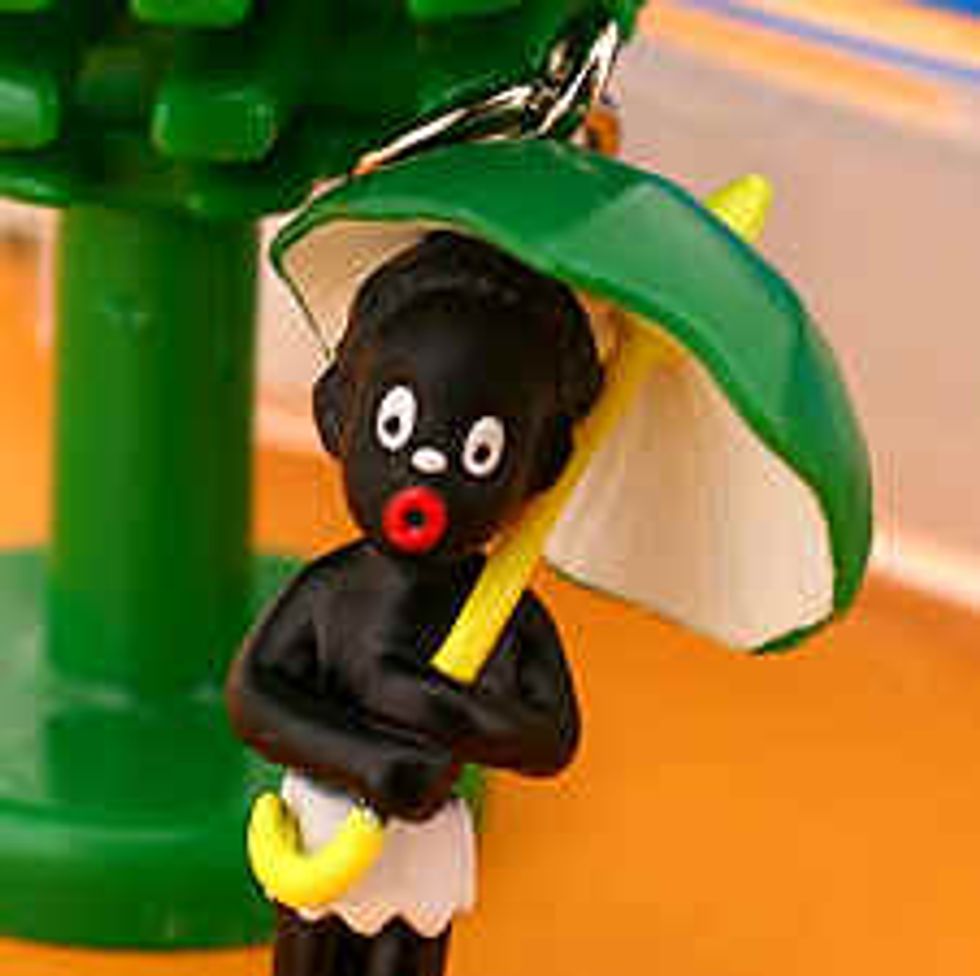The documentary Ethnic Notions was a great film that highlighted the evolution of stereotypes, blackface and dug deep into why these images were created. These images that were painted through media via books, cartoons, and stand up were more that for entertainment. African Americans were painted as less than human, violent, savages, who had no idea how to live independent of slavery. These images also served as a catalyst for controlling African Americans psychologically because they were only seen in a favorable light for serving white people.
Primarily, the movie talked about entertainment and how Africans became introduced into the Acting scene. Sadly, African Americans were introduced to the acting world through blackface. White people began to paint their faces, and act as if they were slaves or negroes. Their act would include singing, dancing, telling jokes and other buffoonery. Soon African Americans had to paint their faces black and act like the people who were impersonating them in order to be successful. A famous blackface actor who was a part of the African community was Bert Williams. The process of creating charcoal to paint their faces included burning two corks and mixing the ashes with water.
Additionally, media was a great way to create and maintain offensive stereotypes about black people. Stereotypical characters were created to further this madness. Characters like Mammy, Uncle Tom, and Sambo were created. A Mammy was an extremely overweight African American slave with a rag over her head. Her purpose was to cook, clean and happily, serve the mistress of the house. She was always played by the most obese, loud, unattractive black woman that was available. TV execs needed to find a way to eliminate all sex appeal from the black woman in order to make sure that she was not a threat to the mistress of the house. In actuality, this was a lie because rape among slaves was common in reality. In today's society, you can see an overweight black woman on a syrup bottle who we would call Aunt Jemima. In cartoons, she was the head of her own household in order to strip the masculinity from the black man unlike in the slave master's house where the slave owner was the masculine figure.
Another character was Uncle Tom who was a southern African American male with no job, no teeth, improper English, who loved to sing and dance in his free time. This painted African Americans as lazy, docile, carefree. This also painted black men as children who never grew up. This image was important after the emancipation of slaves because it showed white people that black people never would be able to adapt to being free.
We can't forget about Sambo who was a little black child. Sambo I think is the most important character, created to desensitize the innocent killing of black people. Cartoons of Little Sambo can be seen with him being chased by animals or being in preventable danger. A lot of the endings to the children books and cartoons of Little Sambo is death. A clear example of this is the nursery rhyme “Ten little Niggers”. One by one each little Sambo dies with no reason or cause but his own incompetence.
At the end of the day, all three of these personals shared the same characteristics. Each character had a big head, big lips, big eyes and illiterate. The big head stereotype can be connected to the stereotype that all black people like to eat watermelon. These images of black people were used as a way of endorsing tobacco, pancakes syrup and much more. Before slavery media was used to paint slaves as happy servants who did not mind slavery at all. After the emancipation of slaves, media painted African Americans as incompetent of living free from white people’s control. Media also encouraged the image that now African Americans are not slaves anymore that they will begin committing senseless acts of crimes because they are savages. African Americans were also made to look like they would go after white virgins and I think this image was made to discourage interracial relationships. The delightful image of African Americans was only used when they were in roles of servitude to their white counterparts. Even black soldiers were ridiculed during that time. African Americans in film were their happiest when they played happy slaves, maids, butlers, dancers, and singers dressed in neat uniforms with smiles on their faces. This is important because African Americans were facing segregation, lynching, Jim Crow laws and poverty. A happy oppression was forced onto to tv screens in order to lower the validity of the oppression they really faced.
In conclusion, Ethnic Notions made great points connecting to history, war and entertainment. Personas were made of African Americans in order to create a false reality about segregation, slavery and other offensive tribulations faced by African Americans at that time. These stereotypes still hold up today and should be taken seriously.




















